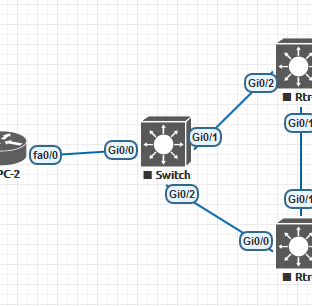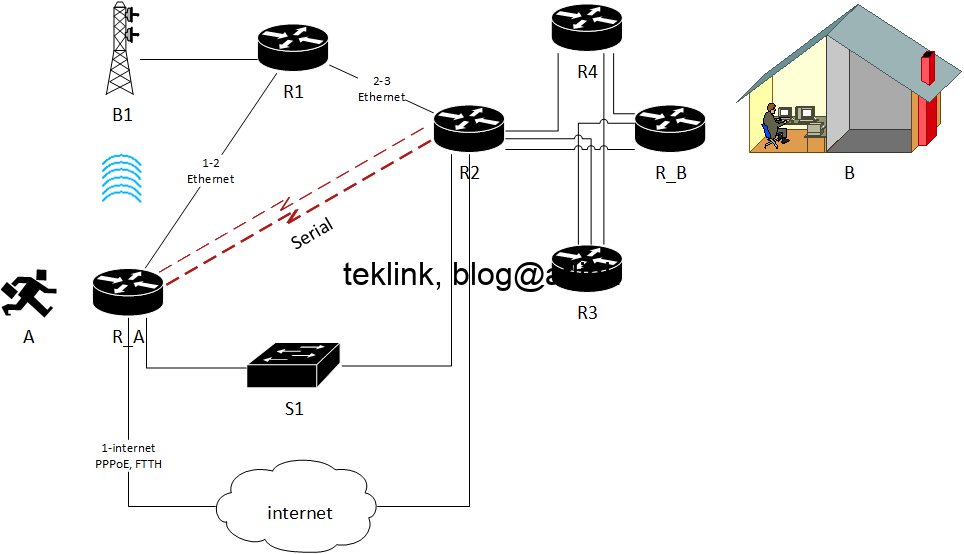One aim of RRM is to process the radio plan such as to maximize the overall network transmit opportunity among all AP and WD (wireless devices). We present in the already mentioned article, our intial work on a dynamic RRM (dRRM) solution, WLCx (where x is the version of the solution), in contrast to other research and vendors’ solutions. Our solution model builds on a novel per-beam coverage representation approach that is discussed also in the same article. The main idea of WLCx is to allow more control over the architecture design aspects and recommendations. We demonstrated that this “dynamization” of RRM came at a price in terms of time and resources consumption.
To improve the scalability of our initial solution, we have introduced a Machine Learning (ML)-based optimization alternative to our N-WLCx solution described in this post: A NURBS Based Technique for an Optimized Transmit Opportunity Map Processing in WLAN Networks. We showed that our ML-optimized dRRM solution, M-WLCx, achieves almost 79.77% time reduction in comparison with the basic WLCx solution. The full description of our solution is presented in this article: https://astesj.com/v04/i06/p03/. In the next figure we show a visual comparative of two variants of our ML-based solution: BDT and SVM, to WLC2, our initial dRRM solution.





